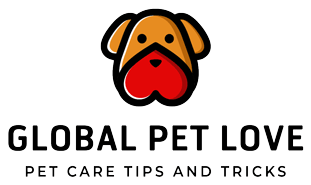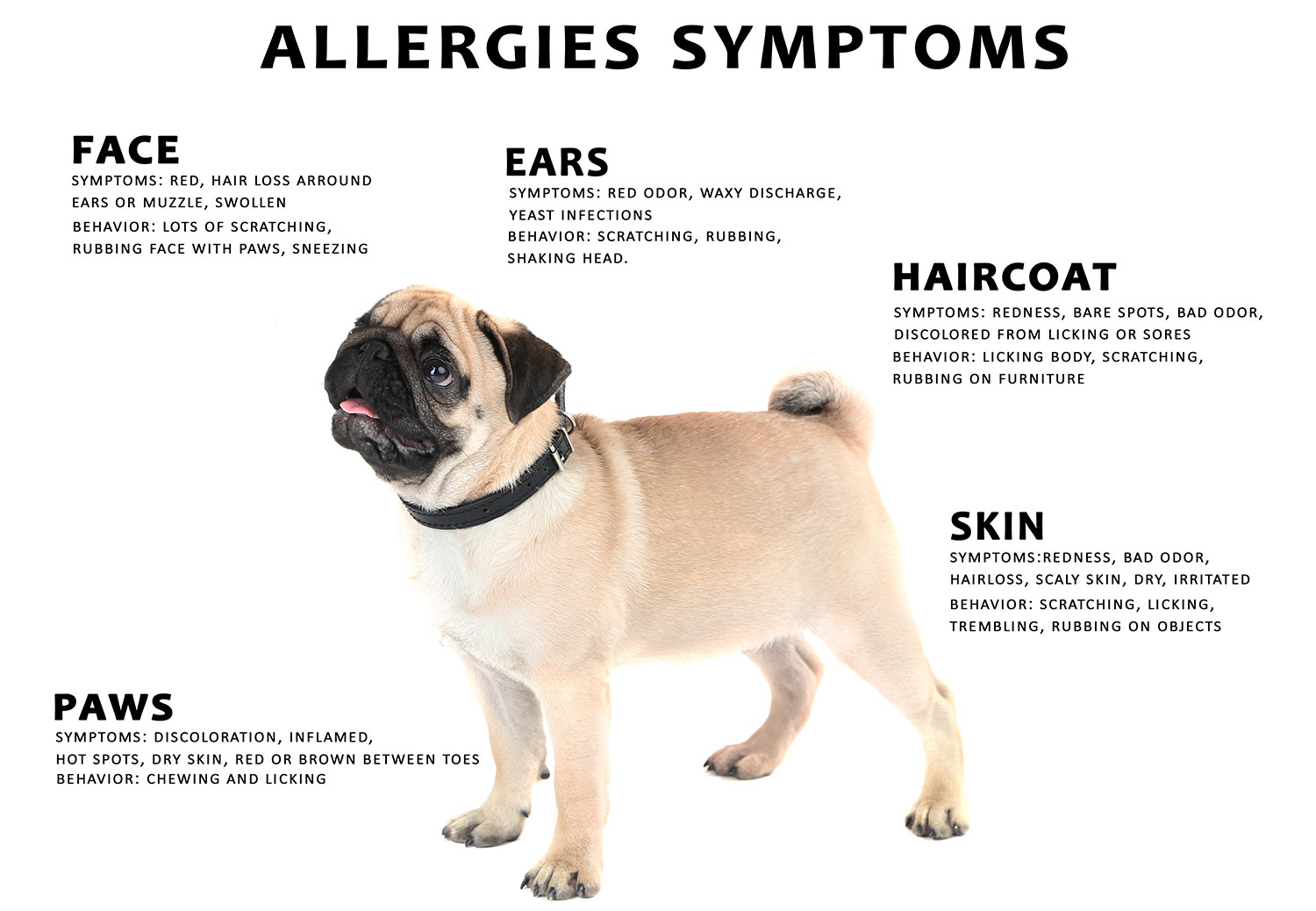The Top 10 Most Common Dog Allergies and How to Treat Them
Dogs are notorious for being allergic to just about everything under the sun. From grass and pollen to food and medication, it seems like no matter what you do, your pup is always sneezing and itching.
If you’re at your wit’s end trying to figure out how to help your furry friend, look no further! Below we’ve compiled a list of the 10 most common dog allergies and how to treat them. Keep reading for some easy tips that will have your pooch feeling better in no time!
Symptoms
If your dog is displaying any of the following symptoms, it is possible that they are allergic to something:
- Itchy skin
- Excessive licking
- Hot spots
- Hair loss
- Ear infections
- Runny nose
- Sneezing
- Watery eyes
- Vomiting
- Diarrhea
If your dog is experiencing any of these symptoms, it is important to take them to the vet so that they can be properly diagnosed. Once the allergen has been identified, the appropriate treatment can be administered.
Most Common Dog Allergies
There are a variety of things that can trigger allergies in dogs, from environmental factors to certain foods. While some allergies are mild and cause only minor discomfort, others can be more severe and even life-threatening. Here are 10 of the most common allergies that dogs can suffer from,
- Food Allergies
- environmental Allergies
- Insect Allergies
- Drug Allergies
- Contact Allergies
- Mold Allergies
- Seasonal Allergies
- Flea Allergies
- Bacterial Allergies
Just like humans, dogs can be allergic to a variety of things, including certain foods, pollen, and even certain cleaning products. And while some allergies are simply a nuisance, others can be quite serious and even life-threatening.
1. Food Allergies
Just like humans, dogs can be allergic to certain food ingredients. The most common food allergies in dogs are to proteins like beef, chicken, and lamb, but they can also be allergic to grains, soy, and dairy. If your dog has a food allergy, you’ll likely notice symptoms like vomiting, diarrhea, and itchiness. The best way to treat a food allergy is to identify the allergen and then remove it from your dog’s diet. Your vet can help you with an elimination diet to figure out which food your dog is allergic to.
2. Environmental Allergies
Environmental allergies, also called atopic dermatitis, are caused by things in the environment like pollen, dust mites, and mold. These allergies can cause symptoms like itchiness, redness, and swelling. If your dog has environmental allergies, you’ll likely notice that they’re worse during certain times of the year or in certain environments. The best way to treat environmental allergies is to avoid the things that trigger them. If your dog is allergic to pollen, for example, you might want to keep them inside during pollen season. Your vet can also prescribe medication to help relieve your dog’s symptoms.
3. Insect Allergies
Dogs can also be allergic to insect bites, like those from fleas, mosquitoes, and ticks. Insect allergies can cause symptoms like itching, redness, and swelling. If your dog has an insect allergy, you might notice that they’re particularly bothered by certain insects or that they have a reaction to mosquito bites, for example. The best way to treat an insect allergy is to avoid the insects that trigger the reaction. Your vet can also prescribe medication to help relieve your dog’s symptoms.
4. Drug Allergies
Dogs can also be allergic to certain medications, like antibiotics and vaccines. Drug allergies can cause symptoms like itching, redness, and swelling. If your dog has a drug allergy, you’ll likely notice that they have a reaction to a specific medication. The best way to treat a drug allergy is to avoid the medication that triggers the reaction. Your vet can also prescribe medication to help relieve your dog’s symptoms.
5. Contact Allergies
Contact allergies are caused by things that come into contact with your dog’s skin, like certain fabrics, chemicals, and plants. Contact allergies can cause symptoms like itching, redness, and swelling. If your dog has a contact allergy, you’ll likely notice that they have a reaction to a specific substance. The best way to treat a contact allergy is to avoid the substance that triggers the reaction. Your vet can also prescribe medication to help relieve your dog’s symptoms.
6. Mold Allergies
Mold allergies are caused by exposure to mold spores. Mold allergies can cause symptoms like coughing, sneezing, and wheezing. If your dog has a mold allergy, you’ll likely notice that they’re particularly bothered by moldy environments. The best way to treat a mold allergy is to avoid exposure to mold spores. Your vet can also prescribe medication to help relieve your dog’s symptoms.
7. Seasonal Allergies
Seasonal allergies are caused by things that are in the environment during certain times of the year, like pollen, mold, and dust mites. Seasonal allergies can cause symptoms like itching, redness, and swelling. If your dog has seasonal allergies, you’ll likely notice that they’re worse during certain times of the year. The best way to treat seasonal allergies is to avoid the things that trigger them. Your vet can also prescribe medication to help relieve your dog’s symptoms.
8. Flea Allergies
Flea allergies are caused by an allergy to the proteins in flea saliva. Flea allergies can cause symptoms like itching, redness, and swelling. If your dog has a flea allergy, you’ll likely notice that they’re particularly bothered by fleas. The best way to treat a flea allergy is to avoid fleas. Your vet can also prescribe medication to help relieve your dog’s symptoms.
9. Bacterial Allergies
Bacterial allergies are caused by an allergy to certain bacteria. Bacterial allergies can cause symptoms like vomiting, diarrhea, and fever. If your dog has a bacterial allergy, you’ll likely notice that they have a reaction to a specific bacteria. The best way to treat a bacterial allergy is to avoid the bacteria that triggers the reaction
10. Yeast infections
Many dogs are allergic to the yeast that naturally occurs on their skin. The most common symptoms include itchiness, redness, hair loss and skin problems. Treatment options include using medicated shampoos, giving your dog antihistamines or corticosteroids, and using immunotherapy.

